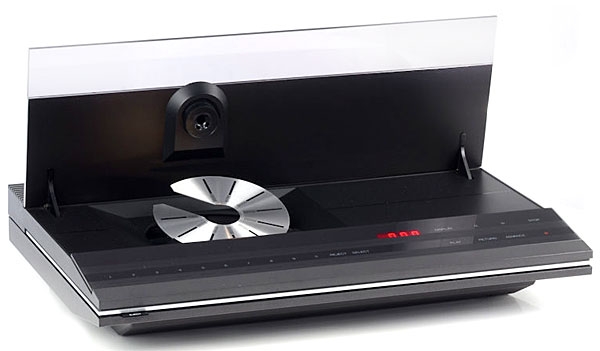| Columns Retired Columns & Blogs |
In the 80's was considering getting one of these or some other B&O cd player, yes they didn't sound great but no CD player sounded "great" then either. So....was about to take the plunge. When a technician who worked at an audio store (remember in store technicians?) told me in confidence that opening a B&O and comparing it to say a Revox was night and day. Sold! bought the Revox player, which I loved for many many years.





































